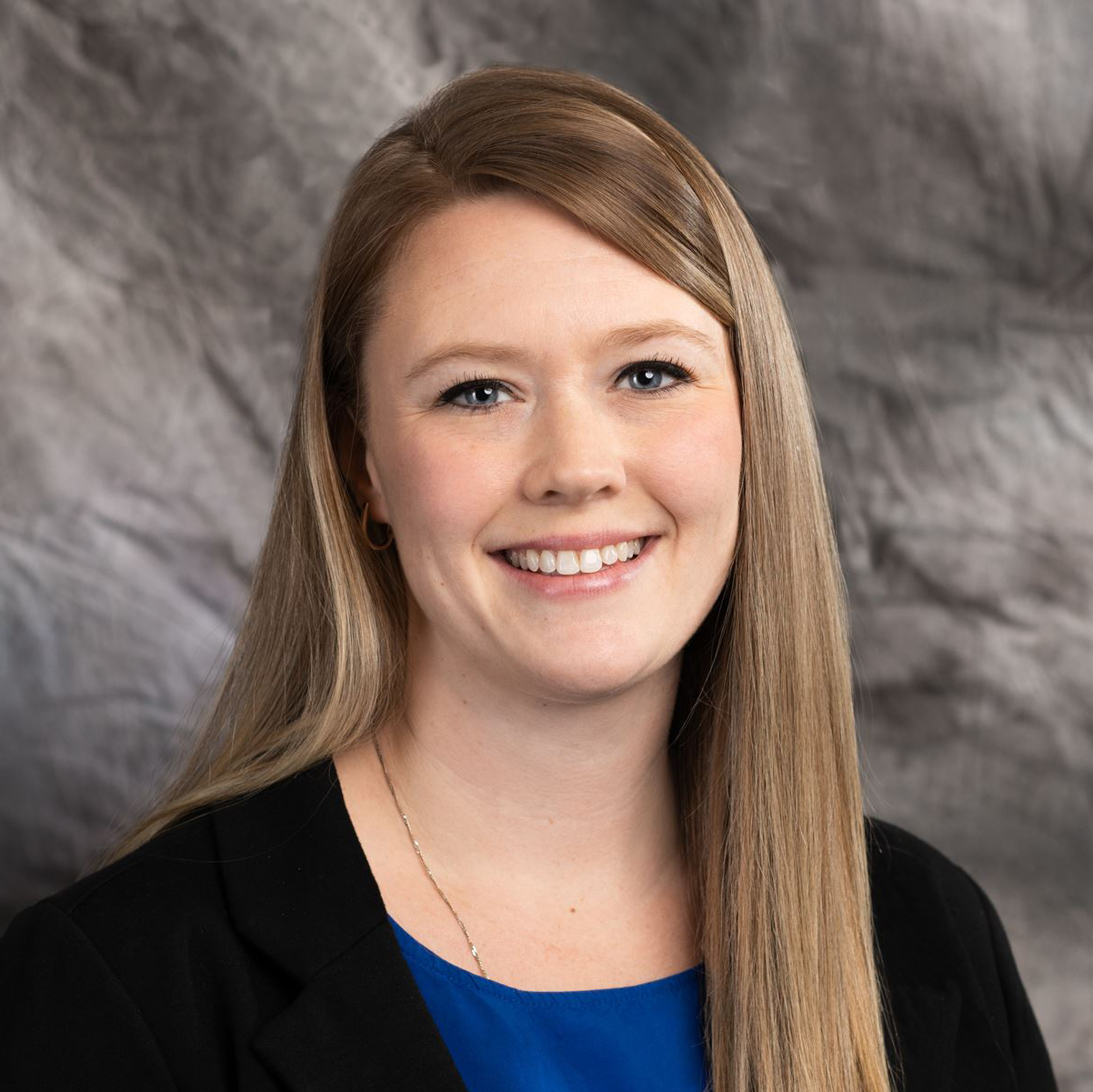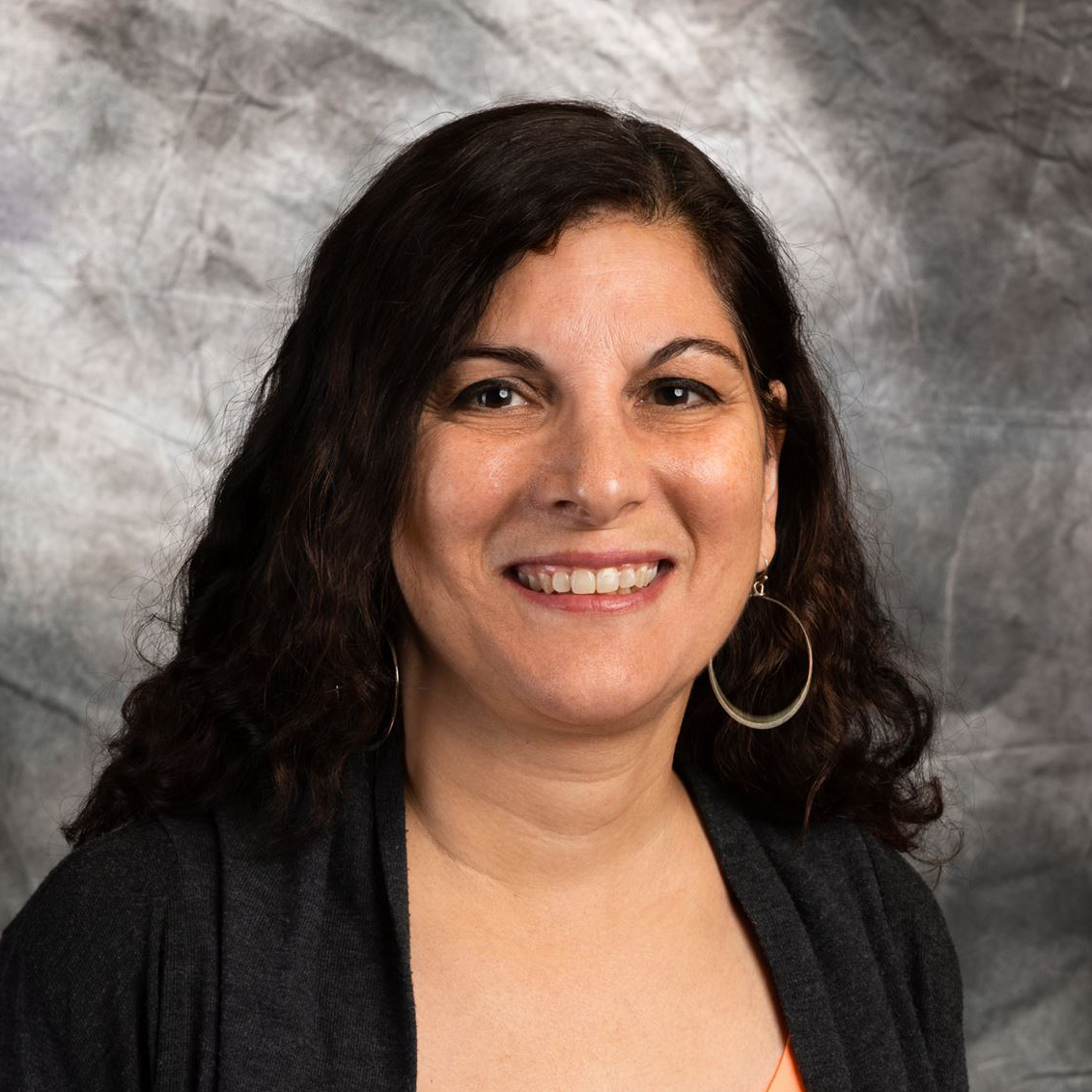Registered Savings Plans
Understanding the FHSA
The First Home Savings Account is a specialized registered savings account designed to provide tax advantages for Canadians saving up to $40,000 towards their first home. Here are the key points you need to know:
Eligibility Matters
To open an FHSA, you must meet specific eligibility criteria. You need to be between 18 and 71 years old, reside in Canada, not own a home in the year you open the account or the previous four years, and have the intention to live in the home you plan to purchase.
Contributions and Tax Benefits
You can deposit up to $8,000 per year into your FHSA until you've reached the maximum contribution limit of $40,000. Importantly, these deposits can be claimed as a tax deduction, reducing your taxable income for the year.
Diverse Investment Choices
The funds within your FHSA are versatile and can be invested in various options, such as mutual funds or high-interest savings accounts. This provides the opportunity for your savings to grow over time, helping you reach your homeownership goal faster.
Accumulating Contribution Room
It's essential to note that your contribution room in the FHSA only starts accumulating once you open the account. If you're considering buying a home in the future, opening an FHSA as soon as possible is a smart move.
Tax-Free Withdrawals for Home Purchase
The FHSA's primary purpose is to help you save for your first home. You have a generous 15-year window from the date you open the account to withdraw the money tax-free towards your home purchase. However, if you withdraw funds for any other purpose, taxes will apply.
An Alternative Path
Surprisingly, the benefits of the FHSA don't stop at homeownership. If you change your plans and decide not to use the funds for a home purchase, you have the option to transfer the FHSA balance to a Retirement Savings Account (RRSP) entirely tax-free. This effectively gives your retirement savings a $40,000 boost.
Seeking Guidance
Navigating the world of personal finance and savings can be complex, but you don't have to go it alone. The FHSA program is designed to assist you in your journey towards homeownership and could bolster your retirement savings. If you have questions or need assistance, our team of advisors are readily available to help you make informed decisions.
The First Home Savings Account offers a promising path to achieving your dream of homeownership. Your dream of owning your first home may be closer with the FHSA by your side.
Frequently Asked QuestionsDid you know there is a way to earn investment income tax-free? A Tax Free Savings Account (TFSA) allows taxpayers to set money aside in eligible investment vehicles and watch those savings grow tax-free throughout their lifetime.
There are no restrictions on the way TFSA funds (contributions and earnings) can be used, making them good savings options for retirement and for other reasons (e.g. purchase a car, renovate a home, start a small business, take a family vacation, medical or long term care expenses or just save for a ’rainy day’).
All income levels and all walks of life can benefit from a TFSA.
TFSA Eligibility
Any individual (not trusts or corporations) who meets all of the following criteria is eligible to open a TFSA:
- Resident of Canada, and
- 18 years of age* or older, and
- Holds a valid social insurance number (SIN).
* In New Brunswick, Nova Scotia, Newfoundland & Labrador, British Columbia, the Northwest Territories, Yukon and Nunavut, the holder must be 19 years of age or older.
Opening a TFSA
Contact your credit union to register your savings as a TFSA. They will need your SIN and date of birth to register the TFSA with the Canada Revenue Agency.
A Registered Education Savings Plan (RESP) is designed to help you save for post-secondary education for a child (the beneficiary). It offers flexibility, tax-deferred income and investment growth, and contributions are eligible for government grants.
Below are some commonly asked questions, and our answers, on RESPs. For more information, contact your branch to speak with an Advisor.
What are the advantages of an RESP?
By opening an RESP and making regular contributions, the beneficiary may qualify for government grants such as the Canadian Educations Savings Grant, the Canadian Learning Bond and provincial grants. The income earned within the plan is tax-sheltered until withdrawn. When income and grants are withdrawn for the beneficiary for educational assistance, he or she will be a student and likely to have a low marginal tax rate.
How many years can I contribute to an RESP?
For an individual plan, you can make contributions to an RESP for 31 years, following the year the RESP is opened (35 years for a beneficiary eligible for the Disability Tax Credit). Contributions under a family plan must cease upon the beneficiary turning 31. Note, however, that to qualify for government grants on an individual or family plan, you need to make contributions by the end of the year the beneficiary turns 17.
How much can I contribute to an RESP?
The lifetime contribution limit for an RESP is $50,000 per beneficiary.
A Registered Retirement Savings Plan is a savings plan designed to both encourage and help Canadians save for retirement. Contributions to an RRSP are tax deductible, meaning that when you make a contribution to an RRSP, you are reducing your taxable income by the amount of money you contribute to the plan.
If you withdraw funds from an RRSP, the amount withdrawn will be added to your income in the year of the withdrawal and taxed at your marginal tax rate. As a result RRSPs are normally treated as long-term investments.
Types of RRSP Investments
Almost any type of investment can be held in an RRSP account. Two common investments are Variable Rate Deposits and Fixed Rate GICs.
Variable Rate Deposit
This type of deposit ensures your investment return keeps pace with current interest rate trends. Interest rates are reviewed and adjusted regularly by your credit union. This option is beneficial if you expect interest rates to rise.
Fixed Rate GICs
A Fixed Rate GIC locks in the interest rate you will receive. This provides the security of knowing your rate of return is guaranteed for a fixed period of time. You can choose the term that best fits your financial plan.
Mutual Funds and other market investments are also options for RRSP accounts. Speak with an Credential Asset Management advisor to discuss which investment vehicle is right for you.
RRSP Loans
Sometimes it’s tough to come up with the cash before the end-of-February deadline for RRSP contributions. We can help you with a convenient RRSP loan. We will also show you how the cost of borrowing can be offset by your tax savings.
A registered disability savings plan provides disabled individuals and their families with a tax-sheltered investment option to provide long term income for a disabled beneficiary. All investment and interest income, as well as grants and bonds in an RDSP, are tax sheltered until withdrawn. Funds withdrawn are taxed as income by the beneficiary in the year of a withdrawal.
What Investments qualify for RDSPs?
Similar to other registered plans like TFSAs and RRSPs, there are a wide range of investments that can be held in an RDSP. These include:
- Term deposits and GICs
- Credit Union shares
- Index-linked term deposits
- Mutual funds
- Publicly traded securities
- Bonds
If you are considering an investment other than those mentioned above, check the rules carefully to ensure your investment vehicle qualifies.
Who can open an RDSP?
The plan holder is the qualifying individual who opens an RDSP; they authorize all transactions and make or authorize contributions on behalf of the beneficiary who qualifies for the Disability Tax Credit.
The beneficiary can open their own RDSP if they meet the following criteria:
- Eligible for the Disability Tax Credit
- Under the age of 60 (if they are 59, they must apply before the end of the calendar year in which they turned 59)
- A Canadian resident at the time the plan is entered into and who has a Social Insurance Number (SIN)
- Contractually competent and of the age of majority
Parents or legal guardians can be the holders of an RDSP, meaning they can open an RDSP for a qualified beneficiary. When the beneficiary reaches the age of majority and is contractually competent to enter into the plan, he or she becomes the holder of the account and the parents or legal guardians can remain on the account as joint holders.
How much can I contribute?
The lifetime contribution limit for an RDSP is $200,000. There is no annual contribution limit and contributions can be made until the end of the year the beneficiary turns 59.

 Search
Search






 www.google.com
www.google.com








